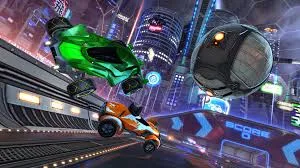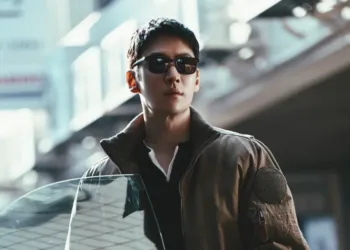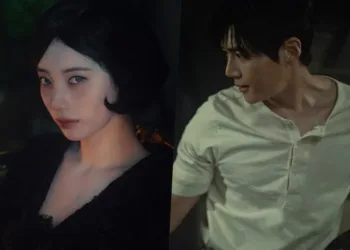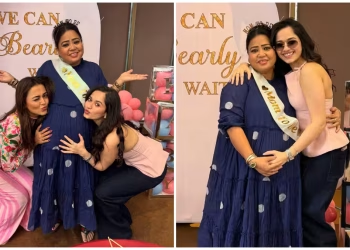Getting your camera settings right in Rocket League can be the difference between bronze and champion. With Season 19 bringing fresh excitement to the arena, it’s the perfect time to optimize your camera configuration for maximum performance and competitive advantage.
Table of Contents
Why Camera Settings Matter in Rocket League
Your camera settings directly impact your spatial awareness, ball tracking, and overall gameplay consistency. Most pro Rocket League players have their FOV set to 110, or at least 108, proving that proper camera configuration is essential for high-level play.
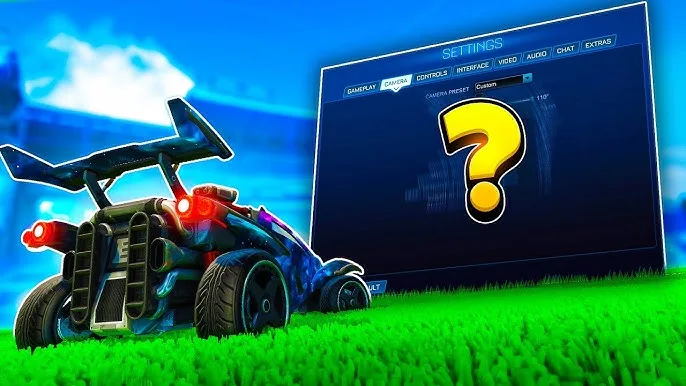
Pro-Level Camera Settings Table
| Setting | Recommended Value | Pro Range | Purpose |
|---|---|---|---|
| FOV | 110 | 108-110 | Maximum field visibility |
| Distance | 270 | 260-280 | Optimal car-to-camera spacing |
| Height | 100-110 | 90-110 | Balanced aerial awareness |
| Angle | -4 | -3 to -5 | Comfortable viewing angle |
| Stiffness | 0.45 | 0.40-0.50 | Smooth camera transitions |
| Swivel Speed | 5.5 | 5.0-6.5 | Responsive camera movement |
| Transition Speed | 1.15 | 1.0-1.5 | Natural camera switching |
Based on analysis of top RLCS players and community consensus
Breaking Down Each Setting
Field of View (FOV)
Set it to 110 to see more of the field – this is non-negotiable for competitive play. Higher FOV gives you crucial peripheral vision for tracking opponents and teammates.
Distance & Height
270 for Distance and 110 for Height are around the sweet spot most pros agree on. The most agreed upon camera setting by pros for Distance is around 270, bringing you a solid distance from your car while keeping it just close enough to keep your own view of it consistent.
Camera Stiffness
Camera distance changes based on speed. At 0 stiffness, the camera distance increases more than 100 when going max speed. Keep stiffness around 0.45 for consistent positioning.
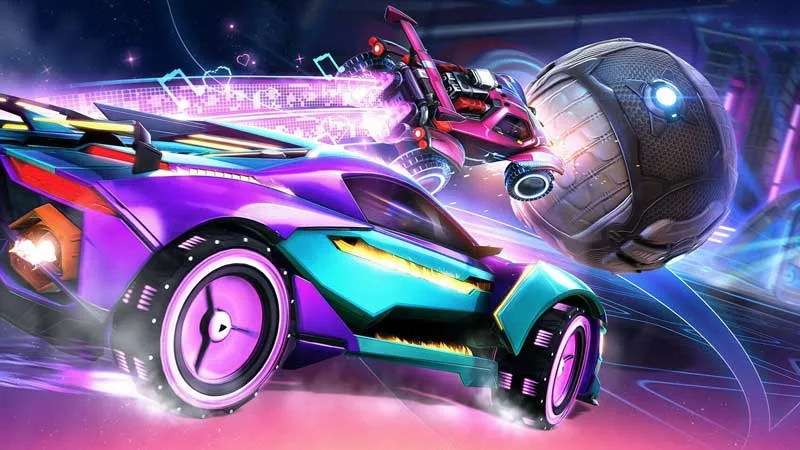
Notable Pro Player Settings
Looking specifically at the RLCS 21-22 Spring Major MVP, the Rocket League Camera settings that Joe ‘Joyo’ Young uses are: 110 FOV, 90 height, -5 angle, 270 distance, 0.40 stiffness, 6.20 swivel speed and 1.50 transition speed.
Step-by-Step Configuration Guide
1. Start with FOV: Max it out at 110 for competitive advantage 2. Set Distance: Begin at 270 and adjust based on comfort 3. Adjust Height: 100-110 works for most players 4. Fine-tune Angle: -4 is a safe starting point 5. Configure Stiffness: 0.45 for smooth but stable camera movement
Common Mistakes to Avoid
- Too Low FOV: Limits your awareness dramatically
- Extreme Distance: Setting it lower than 260 and higher than 280 can make your car too close or too far
- High Stiffness: Creates jarring camera movements
- Ignoring Swivel Speed: Affects your ability to track fast plays
Platform-Specific Considerations
Whether you’re on PC, PlayStation, Xbox, or Nintendo Switch, these settings remain consistent. However, ensure your display settings complement your camera configuration:
- Resolution: 1920×1080 minimum for clarity
- Frame Rate: Match your monitor’s refresh rate
- V-Sync: Disabled for reduced input lag
Training with New Settings
Adjusting camera settings requires adaptation time. Spend 30-60 minutes in Free Play mode before jumping into competitive matches. Focus on:
- Ball tracking exercises
- Aerial maneuvers
- Wall play practice
- Boost management drills
For comprehensive training routines and advanced techniques, check out our Rocket League Training Guide to accelerate your improvement.
Troubleshooting Common Issues
Motion Sickness: Gradually increase FOV over several sessions Inaccurate Shots: Lower your distance slightly (260-265) Poor Aerial Awareness: Increase height to 110-115 Jerky Camera Movement: Reduce stiffness to 0.40
Advanced Tips for Competitive Play
- Ball Cam Toggle: Master switching between ball cam and car cam
- Situational Awareness: Use your peripheral vision effectively
- Mechanical Consistency: Stick with settings long enough to build muscle memory
Official Resources & Community
For the most up-to-date pro player settings and configurations, visit the Liquipedia Rocket League Wiki which maintains comprehensive databases of professional player configurations.
Stay connected with the latest Rocket League strategies and tutorials at TechnoSports for continuous improvement in your competitive journey.
Final Recommendations
The settings outlined above provide an excellent foundation for players of all skill levels. Remember that personal preference plays a role here, so use these as starting points and make minor adjustments based on your playstyle and comfort.
Consistency is key – once you find settings that work, stick with them to develop proper muscle memory and game sense.
For more Rocket League optimization guides and competitive tips, visit TechnoSports for expert analysis and training resources.
Frequently Asked Questions
Q: Should I copy pro player camera settings exactly?
A: While pro settings provide excellent baselines, personal comfort matters. Start with recommended values (110 FOV, 270 distance, 100 height) and make small adjustments based on your playstyle. Most pros converge on similar settings because they’re objectively optimal, but minor tweaks can improve your individual performance.
Q: How long does it take to adjust to new camera settings?
A: Expect 1-2 weeks of consistent play to fully adapt to new camera settings. The first few sessions may feel awkward, but resist the urge to constantly change settings. Practice in Free Play and casual matches before returning to competitive play to maintain your rank during the adjustment period.

